Jacob Mardochée, known as Petit (1796-1865) began by studying painting in Gros's workshop, then undertook numerous trips to Italy, Switzerland, Germany and England where he settled for several years and studied various industries while painting theater sets. Back in France, around 1830, he published a collection of interior decoration of one hundred plates with models of vases, furniture, pieces of goldsmithing and carpentry where previous styles are visited, with a preference for Antiquity and style Gothic. After a short stay in Sèvres, he set up a small workshop in Belleville, then he acquired the porcelain factory of Baruch Weil in Fontainebleau which he transported a few years later to Avon. It is one of the most famous factories of the 1830s-1860s which owes its notoriety to the choice of rocaille shapes inspired by Saxon porcelain. Very eclectic, the style of this porcelain maker is characterized by the accumulation of elements from previous styles. There we find alone or in combination with “troubadour” Gothic, the Renaissance, neoclassicism, the Rocaille style and the Far East. The contoured shapes, the vivid polychromy and the abundance of decorative elements oppose the sobriety inspired by the antique. Criticized or admired in their time, Jacob Petit's production gave rise to numerous imitations by various manufacturers. Authentic pieces bear his “JP” mark in blue or debossed. Bibliography: Régine de Plinval de Guillebon, “Jacob Petit, the most romantic of Parisian porcelain makers”, L’Estampille/L’Objet d’art, n° 311, March 1997, pp. 48-57.






























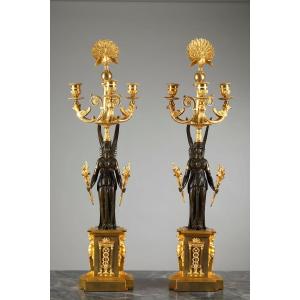




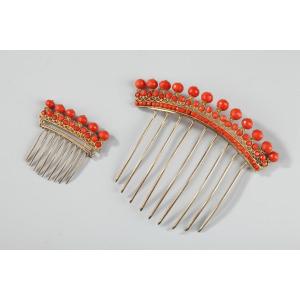
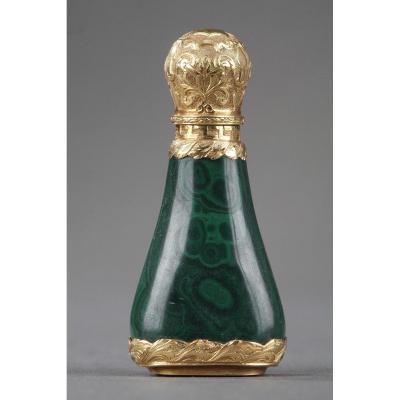

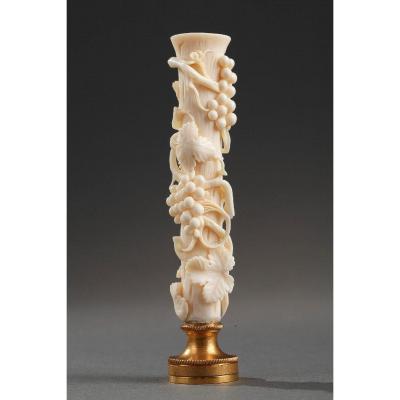






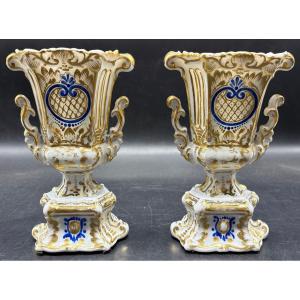
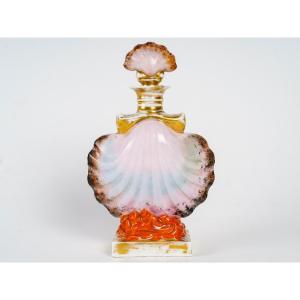



 Le Magazine de PROANTIC
Le Magazine de PROANTIC TRÉSORS Magazine
TRÉSORS Magazine Rivista Artiquariato
Rivista Artiquariato